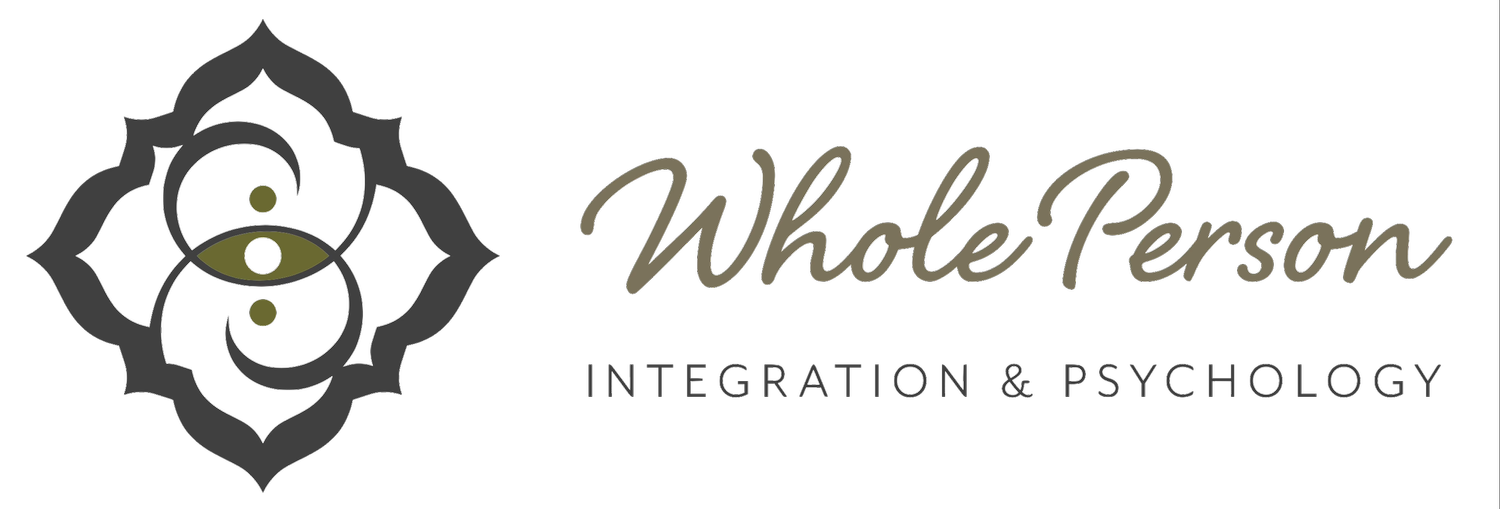Accepting the “Death” of a Relationship
By: Dr. Denise Renye
The sweet sorrow of parting is something we all know from this life. We end an inhale each time we exhale. We end each day as we go into the night. Every relationship that we begin will end, either through breaking up, moving away, or the ultimate ending of death. Examples of introductions to the concept of death as children are burying the family pet, when grandparents and great-aunts and uncles pass, or perhaps saying goodbye to neighbors when you relocate. Everything does come to an end eventually; this is true and this also includes the therapeutic relationship.
As a psychologist, I offer depth-oriented psychodynamic therapy, blending psychoanalytic, Jungian, and transpersonal theory. Topics that often come up in sessions with me are sex (and little deaths, or la petite mort), endings or redefining relationship design, and death (physical and/or ego). The type of therapy I practice has an open-ended trajectory that organically comes to a close. It is not time limited, unless I am working as an adjunct with another clinician.
Individuals and couples come to see me for specific emotional and psychological concerns and those concerns often resolve in our time together, resulting in what is known in the therapy world as termination. Alternatively, the individual or couple realizes they have other areas of concern and thus we reevaluate the therapeutic focus and continue working together. That cycle continues until at some point the process comes to a close, which is inevitable. Endings are inevitable.
Many patients (and therapists) don’t like to talk about the termination process because it’s an ending, and endings are akin to death. For me though, I work with people specifically around the topic of death to support them with their acceptance and understanding of it. In fact, I’ve worked with people in settings where death is not shied away from and instead understood to be an unavoidable part of life. For instance, at nursing homes and during hospice work. I even provide “death and dying psychotherapy.” This type of psychotherapy is for those who wish to gain deeper self-wisdom through considering their own mortality. This may be from considering their inevitable death sometime in the unknown future, or this may be specifically working with someone who is close to or in the actively dying process. Death and dying psychotherapy is for the person who is dying and not grief therapy for the loved ones who are experiencing the loss.
When we are acutely aware of our own mortality, we paradoxically have a deeper opportunity to live a life that is richer and well, livelier. As someone who also specializes in psychedelic integration, I frequently work with many folx who turned to psychedelic medicines as a way to process death or “ego death.” I work with them after their experiences, whether the experience was two days ago, two weeks ago, or even two years ago. While setting intentions is important for psychedelic work, having expectations can set up something unrealistic. Being curious about death as part of the intention setting process can be a way to potentially prepare for a better death. Having a “good” death is important, akin to how in the past couple of decades we have begun talking about how to have a “good” birth. It’s just as possible to have a “good” death as a “good” birth. We do not have to fear death, which is a natural part of life. Nor do we have to fear the end of a relationship, therapeutic or otherwise.
Whenever I start working with a patient, they sign a consent form and we discuss what they are consenting to as they move into the therapeutic working relationship. One portion of that informed consent encourages them to join me in the process of closing our relationship down the road, when that time comes. I was trained to and find it useful for the overall whole person to have the termination phase of therapy be something normalized from the beginning of the work. The termination, or winding-down phase, provides a sense of resolution and consolidation of therapeutic goals. It can take one to six sessions, or it could take a number of months, depending upon the length and depth of treatment. Patients are able to discontinue our work at any time of course, but because difficult feelings often arise in therapy – and sometimes contribute to the patient’s desire to end treatment – I encourage patients to discuss these matters in the context of the therapeutic container.
It’s important for me to discuss termination with patients because it’s quite common for people to not have acquired the skills for ending a relationship and a therapeutic setting is a place for folx to practice those skills so they can use them moving forward. All relationships evolve, whether that’s due to the death of one party or because the folx have grown apart. Learning to accept each beginning also contains an ending will help people stay present with the relationship and treat it as the precious, transient bond it is. However, death (physical or otherwise) doesn’t have to be scary. Especially when we bring it out of the shadows and into the light of awareness.
If you’re interested in reading more about these or other topics, sign up for my newsletter.

